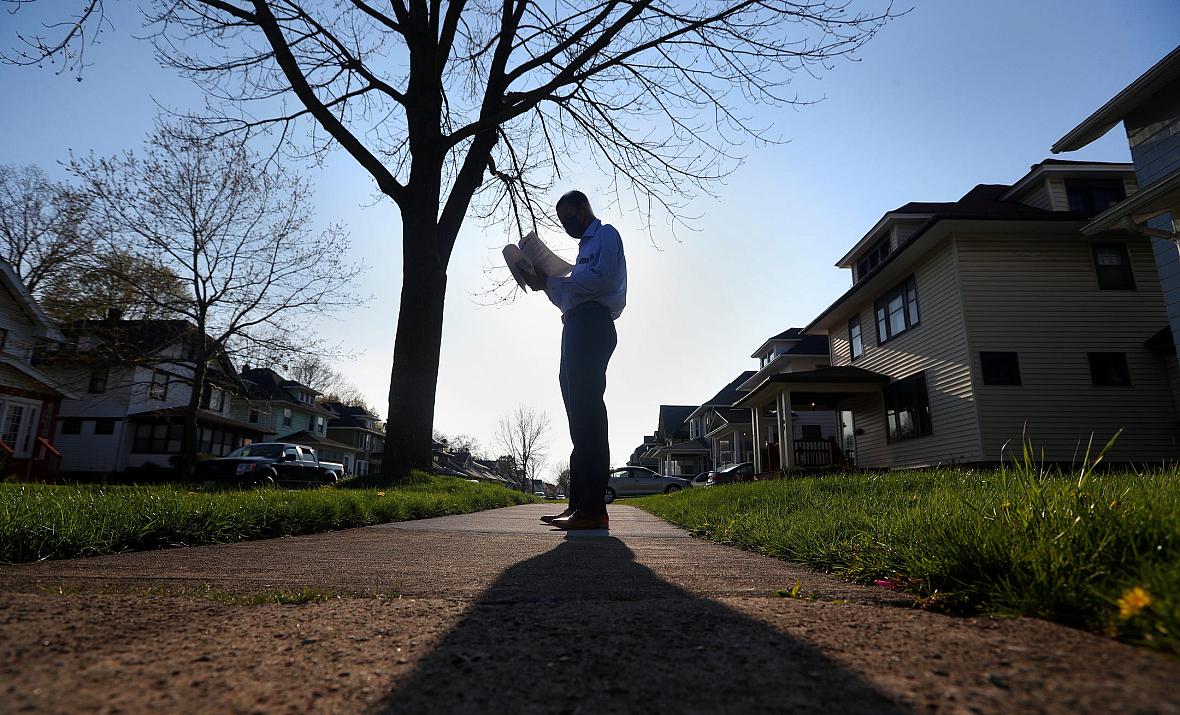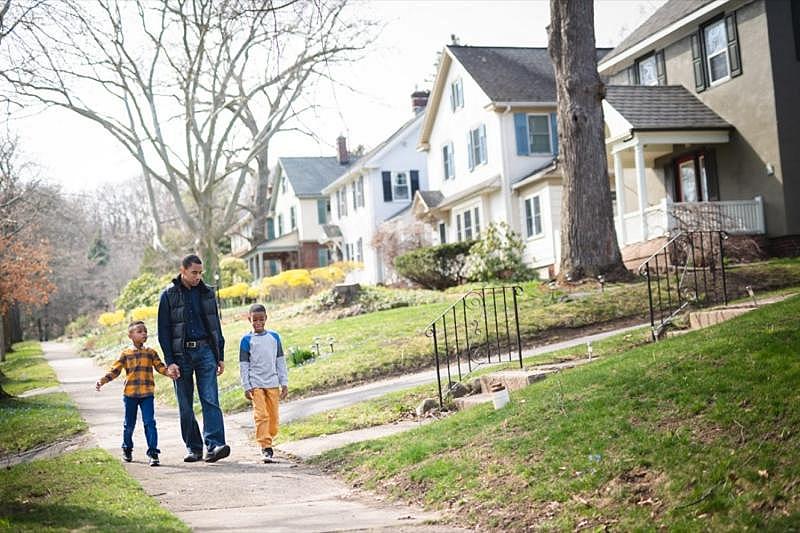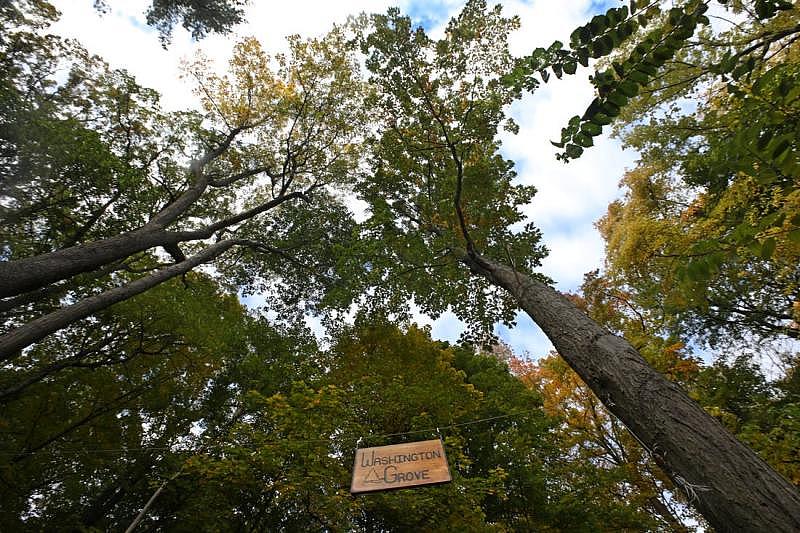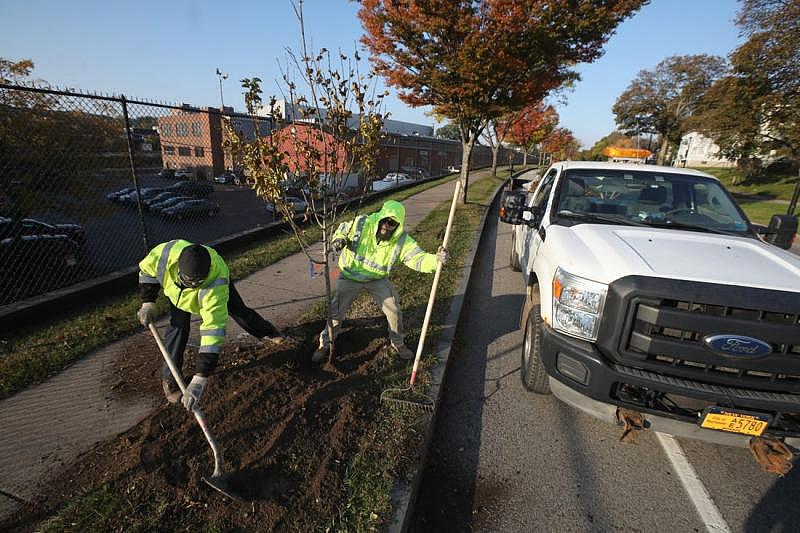‘I now see the disparity is real.’ For Rochester’s mayor, trees are a justice issue
This story was produced as part of a larger project for the USC Annenberg Center for Health Journalism’s 2021 Data Fellowship.
Other stories by Justin Murphy include:
This project mapped every tree in Rochester. Here’s how we did it
How did some Rochester neighborhoods become greener than others?
Rochester’s trees are celebrated, but not everyone gets to have their time in the shade
Walk through Rochester's Washington Grove, a rare remnant of nation's old-growth forests
Sign up to learn about Rochester's trees by texting with reporter Justin Murphy
Tell us the story of your favorite tree in Rochester. Where is it and why is important?
Read about Rochester’s most beloved trees and share your own story
Rochester's trees make Landmark Society of Western New York's annual 'Five to Revive' list

Democrat & Chronicle
Rochester Mayor Malik Evans campaigned last year on a promise to "promote environmental justice in every neighborhood ... (while) making Rochester an environmentally friendly city of the future."
One cornerstone of that pledge, he said, is a commitment to improving the city's tree canopy and erasing disparities.
"I’ve been fascinated by trees forever," he said. "I’m just weird like that."
Below is an edited interview with Evans conducted in February via Zoom.
Malik Evans walking with his sons near his home on Nunda Boulevard in the Cobbs Hill neighborhood, one of the leafiest areas of the city. PROVIDED PHOTO
Q: You live in the Cobbs Hill neighborhood, one of the most tree-covered places in the city. Was that something you sought out specifically when you were looking for a house?
A: Yeah — in particular Washington Grove, which is just amazing. Living among tons of trees is just so great because you still get the sunshine, but you get the shade as well. And the shade is extremely important.
But I've always appreciated trees. We grew up in a house with no air conditioning, and it was often cooler under the tree than it was staying in the house. We’d go to Highland Park or another place nearby. Imagine playing football or something and then being able to go stand under a tree where it’s 10 or 20 degrees cooler.
I remember I'd go with my dad to do campaigning or go door-to-door, and we'd always walk. And sometimes we'd be in a certain part of the city, Joseph Avenue or Jefferson Avenue, and it would be, like, many degrees hotter than over where we lived. And I’d say, 'Why is it so hot over here?' And he’d say, 'There’s not as many trees over here as on South Avenue.' So I’ve always known that and I’ve always asked why.
I see now that the disparity is real. The 19th Ward, Highland Park, Cobbs Hill, they have trees. The northeast section of the city, though, you just don’t see it. You can tell when you drive down Hudson or Joseph avenues.
A sign hung from the trees marks the entrance trail into Washington Grove off of Nunda Blvd in Rochester Monday, Nov. 1, 2021. SHAWN DOWD, DEMOCRAT AND CHRONICLE
Q: So how do you go about addressing that disparity, both in terms of funding and strategy?
A: In terms of funding, we have to look for help from our federal, state and local partners, but also see if there’s a possibility of using some ARPA funds and then see what else we need to do to keep that going. And also can we find ways to partner with some foundations to see if they’ll pitch in.
I'd like to see trees or community gardens or green space in all our vacant lots, unless there's some (otherspecific plan for them. They can still be shovel-ready, but put them to good use in the meantime. We need to talk with the forestry department and the Dept. of Environmental Services about where we can plant some more trees. And there needs to be an education component so people understand the benefit.
Q: Regarding Washington Grove in particular, a city consultant report in 2016 noted that it's very difficult to get into the grove from the reservoir side, which happens to be the side that draws a more diverse crowd of people from across the city. There hasn’t been much movement on that front in the last five years. Is that a priority for your administration?
A: I’d love to be able to do that. I think it’s a matter of how much it would cost. But that grove was just recognized nationally as an old-growth forest, and most people don’t even know it exists. I’m responsible for telling so many people, ‘You’ve got to check out Washington Grove.’ It’s so peaceful. All those trees, all those different trails. I think there’s definite room for improvement and an opportunity to be able to do that.
Q: You've talked about the need to get kids out into nature. Why is that connection important in particular?
A: A tree is something that teaches a lesson. It has roots; we have roots. It will outlast us if it’s done right. It’s something you can benefit from now but you won’t benefit as much as future generations will. There was someone planting trees for us and we’re still benefiting.
I’ve been fascinated by trees forever; I’m just weird like that. I’m always saying, 'What kind of tree is that? How'd that get there?' My kids are always laughing at me. But trees are life lessons.
There’s something cool about knowing that something you’re planting will pay dividends for years to come if it’s planted and cultivated right. It’ll outlast you and probably outlast your grandkids if it’s taken care of right.
In terms of our work planting trees, collaborating with the school district will be critical, as well as the Dept. of Recreation and Human Services. We always look for things we can find common ground on.
That includes actually doing the work of planting trees, maintaining them — it's part of a green economy. I want young people to see that there are actually careers around horticulture, being able to grow things.
City of Rochester Department of Environmental Services, Parks Operations & Forestry crew Stefan Gassaway, left, and Darien Cotten plant a tree along the 400 block of Blossom Road in Rochester Friday, Nov. 5, 2021. The city crew planted six trees along Blossom Rd. SHAWN DOWD, DEMOCRAT AND CHRONICLE
Q: To zoom out a little, there's a hope that Rochester will become a climate refuge city as climate change continues to create greater problems elsewhere. What does your administration need to do to position the city for that future?
A: Marketing, big-time. I talked to someone the other day who moved here from the west coast basically for our climate. We need to make sure we’re preparing for people who are coming, to make sure we accommodate them, because I think we’re going to see more climate refugees as climate change continues to ravage our country and our world.
We also need to see that as an economic development tool. See, I see economic development in everything. The more residents we get, the most tax revenue we can derive, the more people who will be willing to buy houses.
But we want to make sure that as we position ourselves as a climate refuge city, that positioning is equal around all the neighborhoods.
Contact staff writer Justin Murphy at jmurphy7@gannett.com.
[This story was originally published by Democrat & Chronicle.]

